
David F. Boleyn, Esq., PLLC
Affordable legal services from experienced counsel.
Welcome!
Thank you for visiting my website! If you are a government contractor or are seeking to become one — federal or state, prime contractor or subcontractor — I invite you to consult with me for the legal services you need.

In fiscal year 2017, the United States spent $392.8 billion on federal government contracts1. Of that amount, more than $91.7 billion was awarded to federal government contractors in Virginia,2 and more than $8.7 billion was awarded to federal government contractors in Washington, DC.3 If your company provides supplies or services utilized by government agencies, there is equal opportunity for you to compete in this multibillion-dollar marketplace, either as a prime contractor or a subcontractor.
A fundamental tenet of both federal and state governments is that they do not seek to compete with the private sector. Rather, governments seek responsible and responsive bidders and offerors from within the private sector, entities with whom they can enter into contract, for the provision of the supplies and services the government needs.
A fundamental tenet of both federal and state governments is that they do not seek to compete with the private sector. Rather, governments seek responsible and responsive bidders and offerors from within the private sector, entities with whom they can enter into contract, for the provision of the supplies and services the government needs.
There are 20 broad sectors in the North American Industry Classification System Codes (NAICS) (opens a new window). Governments need, and contract for, a substantial percentage of the millions of supplies and services provided by businesses in these sectors. The slides presented here are representative of but a few of the supplies and services governments acquire via government contracting.


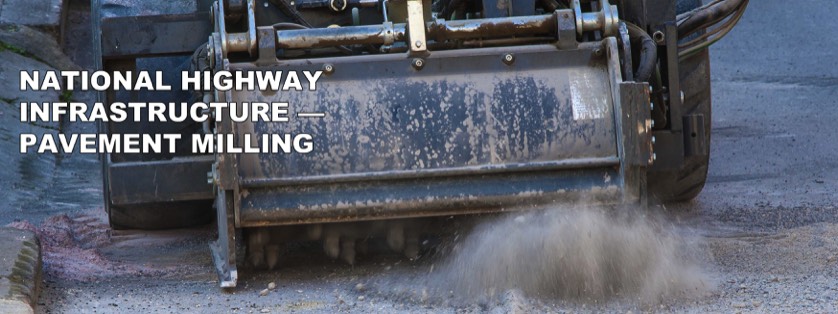


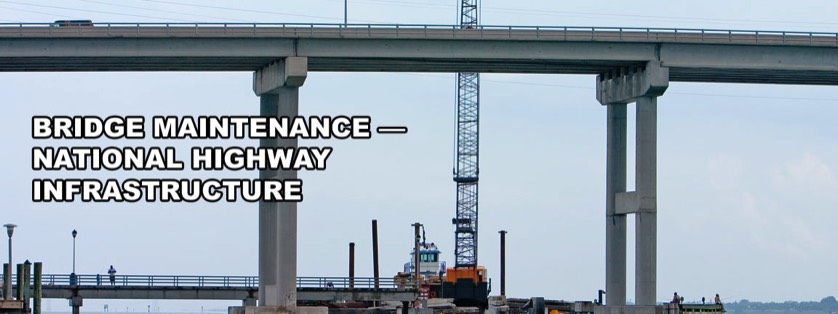














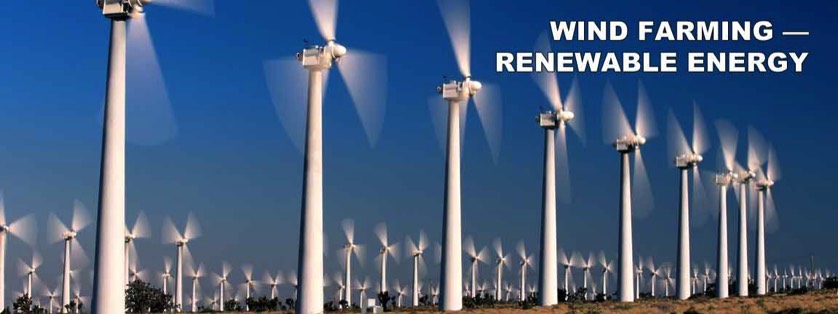
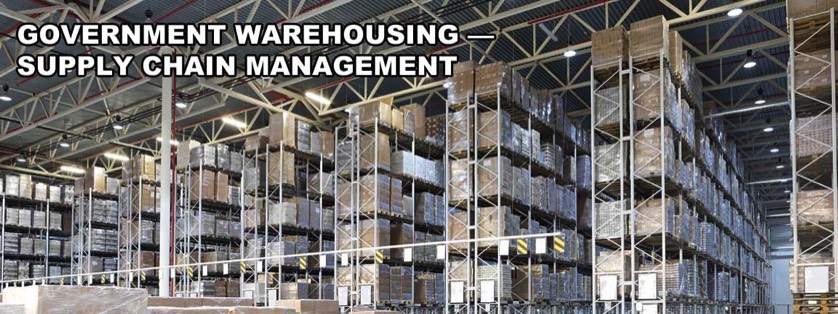






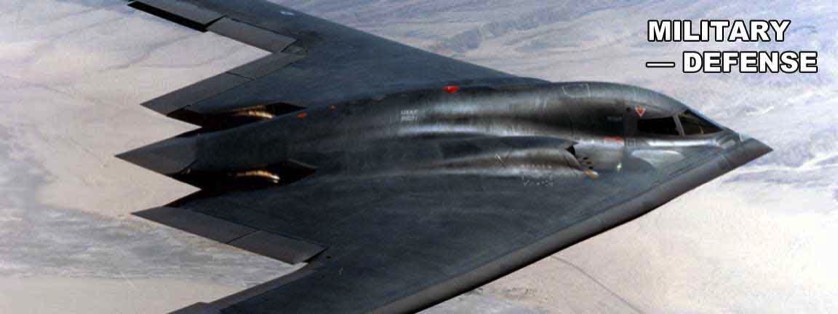

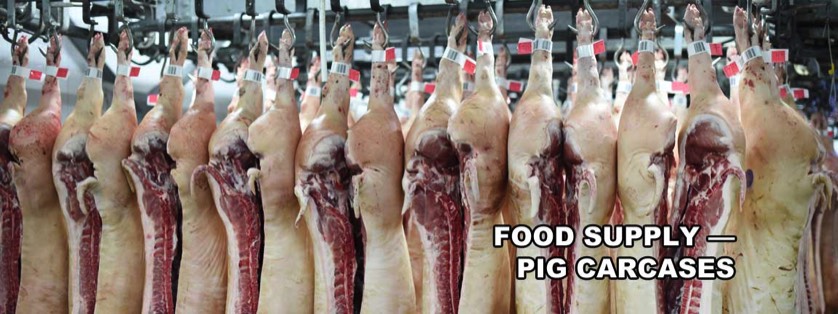

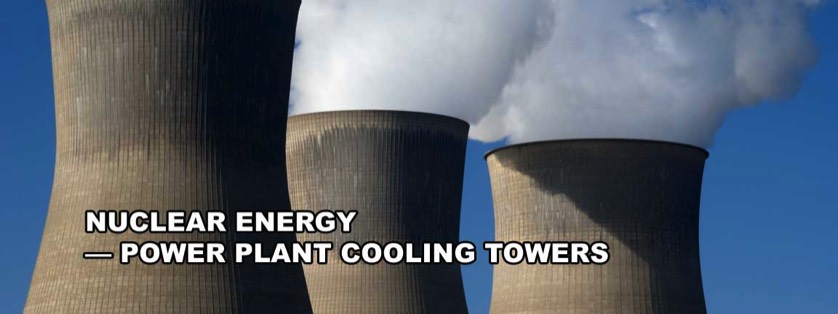

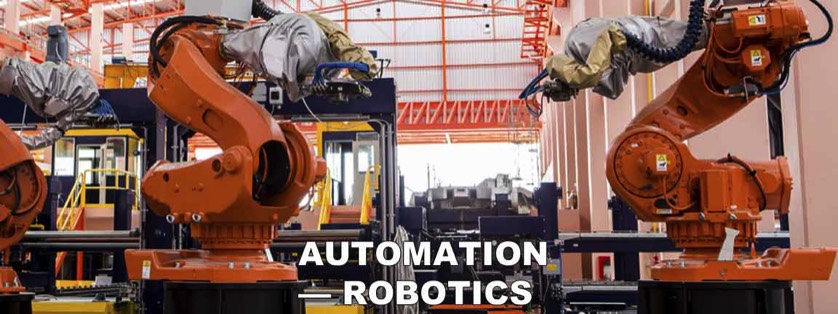
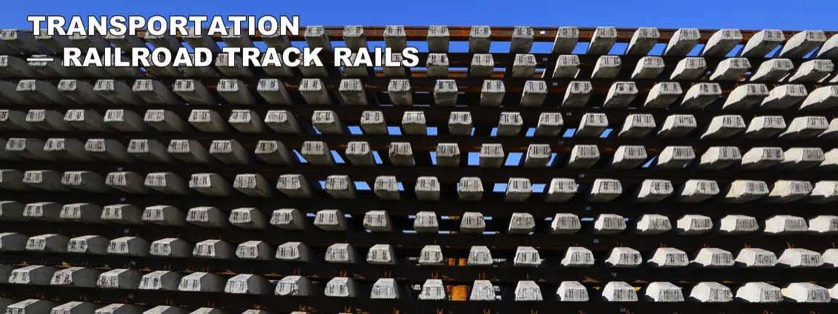






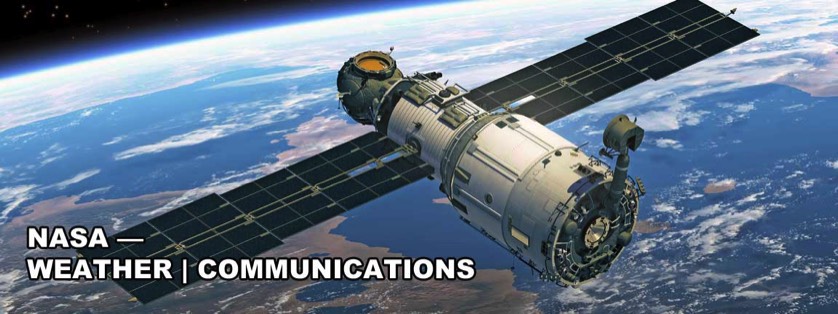

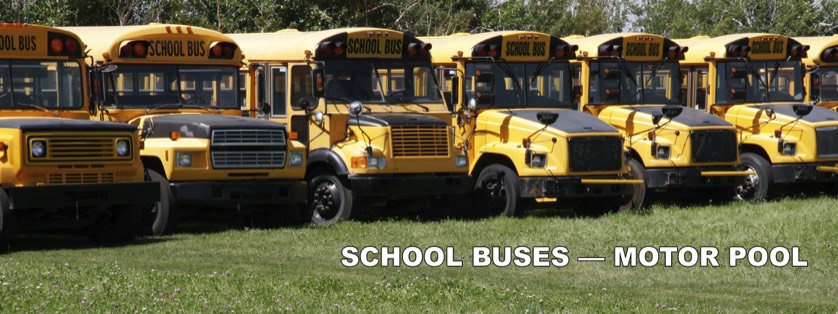




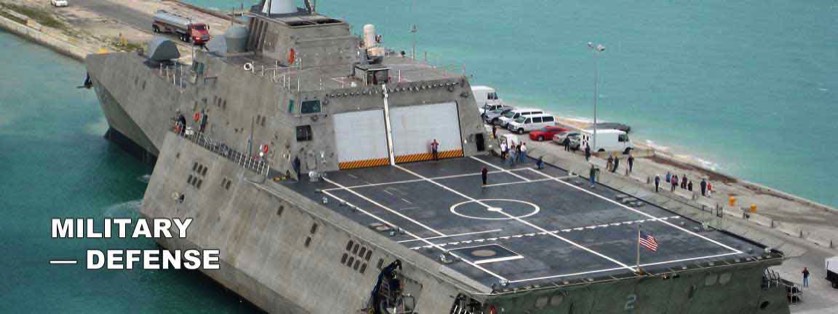


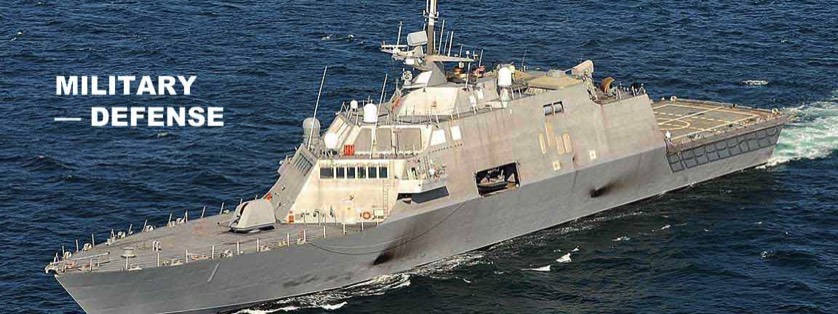
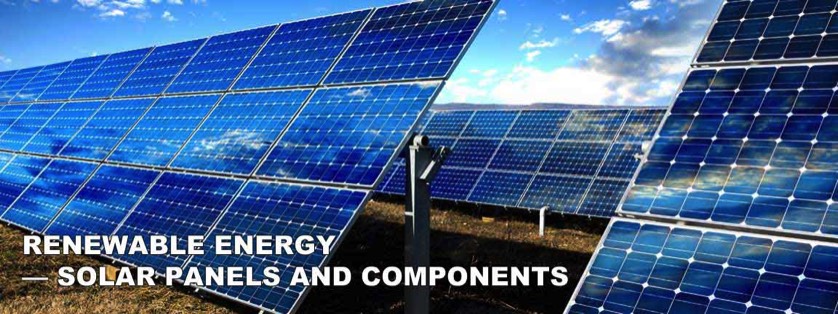




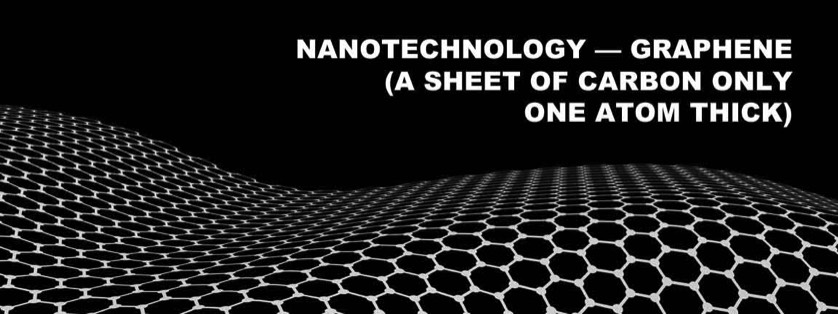
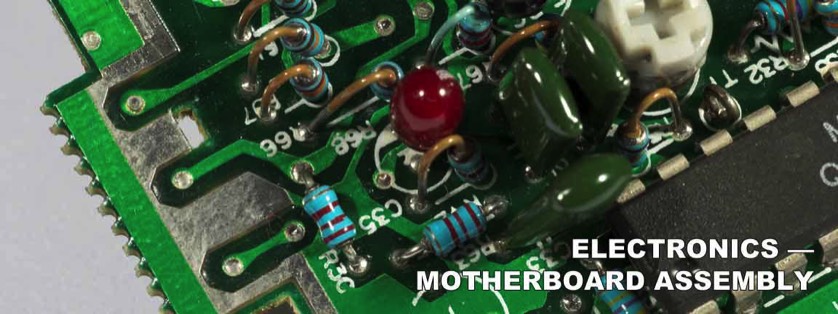






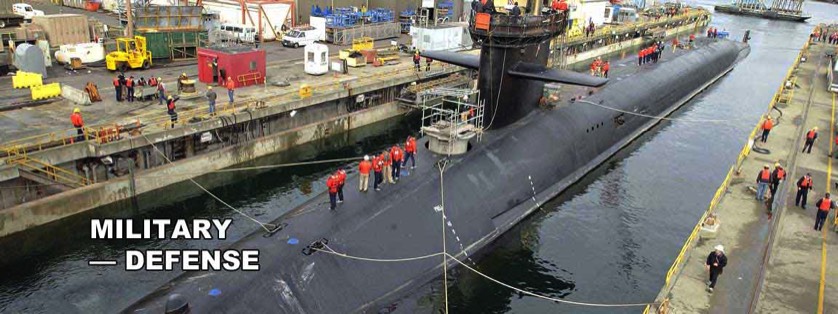
Place the cursor over any image to pause the slides.
Regardless of whether your company provides supplies or services needed by the government, you must successfully contend with the complexity of government contracting to win a contract to deliver those supplies or services, and that’s where I can help you. My name is David Boleyn. I am a lawyer and one of my primary practice areas is government contracting.
There are many similarities, and many differences, between federal government contracting on the one hand, and state and local government contracting on the other. If you are not already familiar with these distinctions, here is some additional information I hope you will find helpful in developing a better understanding of each.
Federal Government
Contracting
The law applicable to federal government contracting is highly complex, technical, and constantly changing. While commercial contracts (i.e., non-government contracts) are governed in large part by the Uniform Commercial Code and common law, a great many of the legal principles found in those areas are supplanted by statute, regulation and case law in federal government contracting. This applies to the entire process, beginning with the agency identifying a need, determining the type of contract to use, and then continuing through contract solicitation, formation, administration, termination, and beyond.
State and Local Government
Contracting
The law applicable to state and local government contracting (together referred to hereafter as "state government contracting") is also highly complex and technical. And, while it does not change as often as federal procurement law, it still changes. Consequently, contractors must stay informed about current state government contracting laws and the regulations promulgated under those laws. Each of the 50 states, plus the District of Columbia, has its own procurement laws and regulations. What follows, however, is a brief look at only the procurement laws and regulations of Virginia and the District of Columbia.
If you are, or want to become, a government contractor — federal or state, prime contractor or subcontractor — I invite you to consult with me for the legal services you need. I do not charge for initial consultations. Moreover, if necessary, I can modify my fee schedule to accommodate almost any situation.
I encourage you to have a look around the rest of my website. It may help you develop a better understanding of the government contracting process, whether you are interested in federal procurement or state procurement or both. And perusing this site will definitely give you a better understanding of how I can help you achieve your goals in the highly complex, technical and constantly changing areas of the law that control the government contracting process.
Please give me a call if you should have any questions, or when you are ready to schedule an appointment. Either way, I hope to have the opportunity to be of service soon. Thank you!
I encourage you to have a look around the rest of my website. It may help you develop a better understanding of the government contracting process, whether you are interested in federal procurement or state procurement or both. And perusing this site will definitely give you a better understanding of how I can help you achieve your goals in the highly complex, technical and constantly changing areas of the law that control the government contracting process.
Please give me a call if you should have any questions, or when you are ready to schedule an appointment. Either way, I hope to have the opportunity to be of service soon. Thank you!
David F. Boleyn, Esq., PLLC
David F. Boleyn, Esq., PLLC is a Virginia professional limited liability company, registered with the Virginia State Corporation Commission. Mr. Boleyn is a member of the Virginia State Bar and the District of Columbia Bar.
Contact
David F. Boleyn, Esq., PLLC
5622 Columbia Pike, Suite 207
Falls Church, VA 22041-2718
Telephone: (703) 489-8877
Facsimile: (855) 298-6346
Email: ObscureMyEmail
5622 Columbia Pike, Suite 207
Falls Church, VA 22041-2718
Telephone: (703) 489-8877
Facsimile: (855) 298-6346
Email: ObscureMyEmail
Commitment
In 2008, Mr. Boleyn made government contracting a primary practice area in his law practice. Subsequently, he earned a Master’s Certificate in Government Contracting from The George Washington University School of Business in 2012.
- Footnote 1: Retrieved May 2, 2018 from https://www.usaspending.gov/ (opens a new window). Once there, click on “Spending Explorer.” Once there, click the “Start” button under “Object Class.” On the “Object Class” web page, select “FY 2017” in the left-hand column. In the main window on that same page, be sure the “See the breakdown by” selection remains “Object Class.” Then, using the two buttons to the right of the “Object Class” selection, you can toggle back and forth between a block graph and a line-item statement to see all six “Object Classes.” Click the “Contractual services and supplies” block, or that line item on the statement, to see the FY 2017 obligated amount (data as of September 30, 2017). NOTE: There is some discrepancy between the amount reflected on the block graph, which is $392.8 billion, and the amount on the line-item statement, which is approximately $395 billion. The lesser amount is stated in the body of this web page.
- Footnote 2: Retrieved May 2, 2018 from https://www.usaspending.gov/ (opens a new window). To view this information, click on “Download Center” near the top right-hand corner of that web page. Select “Custom Award Data” from the drop-down menu, and then make the requisite selections to download the FY 2017 data being sought. (NOTE: Depending upon computer processing and Internet access speeds, this exercise can require significant time.) For FY 2017, the Virginia prime contract awards “federal_action_obligation” amount was $84.6 billion-plus, and the subcontract “subaward_amount” was $7.1 billion-plus, for a total of more than $91.7 billion.
- Footnote 3: Retrieved May 3, 2018 from https://www.usaspending.gov/ (opens a new window). To view this information, click on “Download Center” near the top right-hand corner of that web page. Select “Custom Award Data” from the drop-down menu, and then make the requisite selections to download the FY 2017 data being sought. (NOTE: Depending upon computer processing and Internet access speeds, this exercise can require significant time.) For FY 2017, the Washington, DC prime contract award “federal_action_obligation” amount was $8.4 billion-plus, and the subcontract “subaward_amount” was $241.5 million-plus, for a total of more than $8.7 billion.